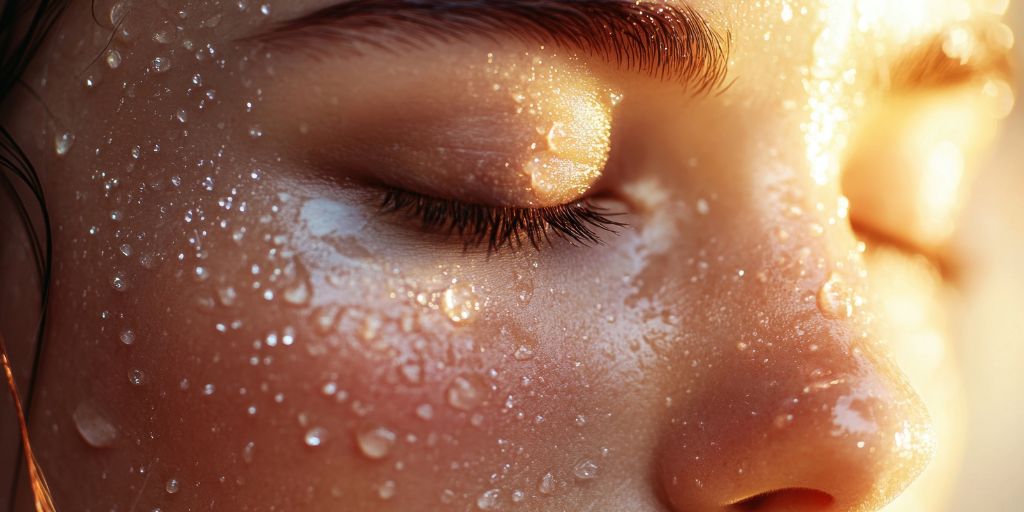
The Glow Guide to Hydration: What Your Skin’s Really Thirsty For
When we think of glowing skin, hydration is often the missing link.
You might be drinking your two litres a day and still wondering why your skin feels tight, flaky, or lacklustre. That’s because true hydration is more than water intake – it’s about how your body and your skin retain and use that moisture.
Dehydrated vs. Dry Skin: What’s the Difference?
This is a common confusion we see in clinic.
-
Dehydrated skin lacks water, and can affect any skin type (even oily). It may feel tight, look dull, or show fine lines more prominently. Oily skin will typically be more congested if dehydrated.
-
Dry skin, on the other hand, lacks oil and is a skin type, not a temporary condition.
In short: dehydration is a condition, dry skin is a type.
How to Hydrate from the Inside Out
1. Water matters, but it’s not the full story.
Your body needs hydration and the minerals to retain it. Electrolytes – like potassium and magnesium – help your cells hold onto water. So if you’re very active or living in a hot climate, consider adding a rehydration formula to your day.
Swap that extra glass of wine for herbal tea – alcohol is a skin dehydrator, and always remember caffeinated drinks act as diuretics so may leave you more dehydrated.
2. Eat your water.
Hydrating foods like cucumber, strawberries, watermelon and celery are rich in water and nutrients that support skin health. A win-win for your glow. Increase your omega 3 intake for an added hydrating, anti-inflammatory boost. Flaxseeds or flaxseed oil are both vegan friendly, add an extra portion of oily fish to your week and chia seeds are also an excellent source. An omega 3 supplement or our favourite Skinade will make sure you’re covered if meal planning is tricky.
3. Skin rituals that hydrate and protect:
-
Apply a humectant (like hyaluronic acid) to damp skin.
-
Seal it in with a moisturiser rich in ceramides, squalane or shea butter (choose squalane if oily or congestion prone)
- Avoid water that is too hot on your face, even with the most gentle cleanser your skin can end up stripped if the temperature is high.
- Reapply sunscreen as required (check out our sunscreen guide, here) as UV rays and sun exposure can dehydrate too (and trigger conditions like rosacea).
4. Environmental help:
Central heating, air conditioning and long, hot showers all contribute to moisture loss. Keep those shower short (and skip the direct water flow on your face if possible). If you live somewhere very dry (whether hot or cold) a humidifier by your bed and cooler showers can make a real difference – especially in colder months
A weekly hydrating mask is also a super option if you’re struggling to really get your skin under control – sheet masks can be an easy option if travelling and you can also pop them in the fridge to recover after a hot day on holidays.
When to Ask for Help
If your skin still feels tight, flaky, or reactive despite your best efforts, you may be dealing with a compromised skin barrier or underlying inflammation.
Our expert skin therapists can assess what’s really going on and guide you towards the right home care and treatment plan – from professional hydration facials to barrier-building topicals that actually work.
Your glow is unique to you, and we’re here to help you protect it. 💫
Book in with one of our experts and let’s find your skin’s balance together.

